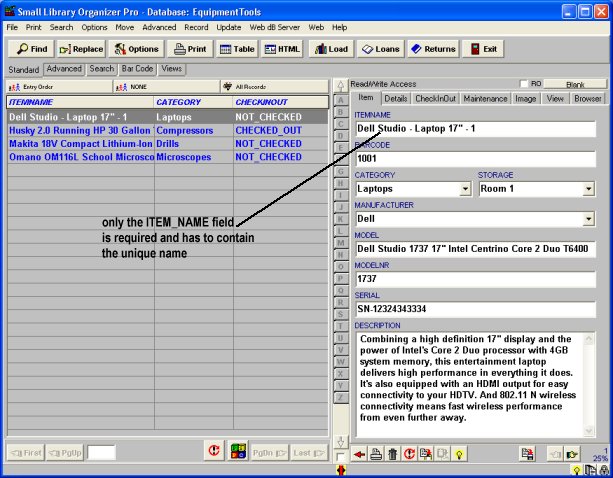
- A periodic inventory system requires updating update#
- A periodic inventory system requires updating manual#
- A periodic inventory system requires updating software#
Generally Accepted Accounting Principles (GAAP) do not state a required inventory system, but the periodic inventory system uses a Purchases account to meet the requirements for recognition under GAAP. There is a gap between the sale or purchase of inventory and when the inventory activity is recognized.
A periodic inventory system requires updating update#
The update and recognition could occur at the end of the month, quarter, and year. You can consider this “recording as you go.” The recognition of each sale or purchase happens immediately upon sale or purchase.Ī periodic inventory system updates and records the inventory account at certain, scheduled times at the end of an operating cycle. Characteristics of the Perpetual and Periodic Inventory SystemsĪ perpetual inventory system automatically updates and records the inventory account every time a sale, or purchase of inventory, occurs. Let’s look at the characteristics of these two systems. They can use a perpetual or periodic inventory system. Moreover, the quantity of goods on hand at various locations is clearly presented which allows managers to make appropriate timing of purchase and forecast the upcoming trend.There are two ways in which a company may account for their inventory. That’s because technology integrated into the system will help to identify errors regarding inventory and display all transactions made by an individual customer. On the other hand, a multi-store and medium-sized or large business should apply the perpetual inventory system.

In fact, a perpetual inventory system will be costly due to the acquiring of technology and staff for its operation.
A periodic inventory system requires updating manual#
If you are running a small business with low sales volume and ease of manual tracking inventory, you can save your budget by using a periodic system. In contrast, the periodic method aggregates all the information regarding inventory at the end of the accounting period. Perpetual inventory system records transactions in detail at the individual unit level. Therefore, the perpetual method needs the support of technological advancements in the inventory tracking process. If a seller manually maintains the record, it is not only takes a considerable time but also facing a high risk of wrong calculations due to human error. In fact, there will be thousands of daily transactions that the perpetual method can record in real time.
A periodic inventory system requires updating software#
While a simple periodic system allows for manual record-keeping, a perpetual system requires software to implement. What’s Differences: Periodic vs Perpetual Inventory Method Computer Systems

Therefore, store owners won’t take too much time and effort to determine the cost of goods sold based on the formula and calculator.

The perpetual system also instantly updates the cost of goods sold when a sale is made. The inventory account will record actual purchases and sales. Related articles: How Digital Marketing Attracts Footfall To Your Brick-And-Martar Store Whenever you receive or sell a product, the perpetual system keeps a continual track of inventory balance, which the inventory will instantly update. The beginning cost of inventory + Cost of inventory purchases – Cost of ending inventory = Cost of goods sold Perpetual Method The inventory account and COGS account are updated at the end of a period, for example after a month, a quarter, or a year.īasically, you can calculated the cost of sold goods with the formula : This system applies an occasional physical count to determine the ending inventory balance and the cost of goods sold (COGS). Overall, periodic and perpetual inventory are two accounting methods that businesses use to keep track of the number of products on hand.


 0 kommentar(er)
0 kommentar(er)
